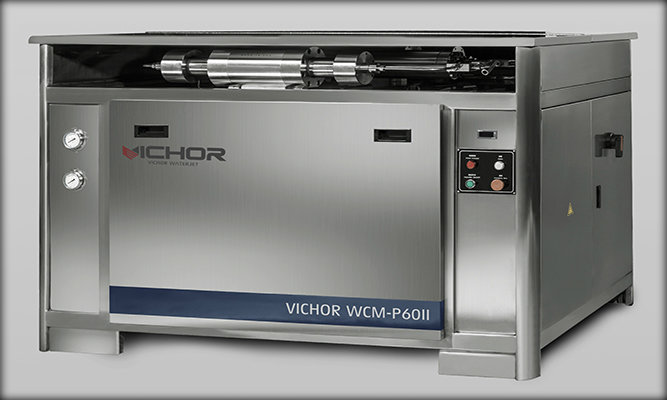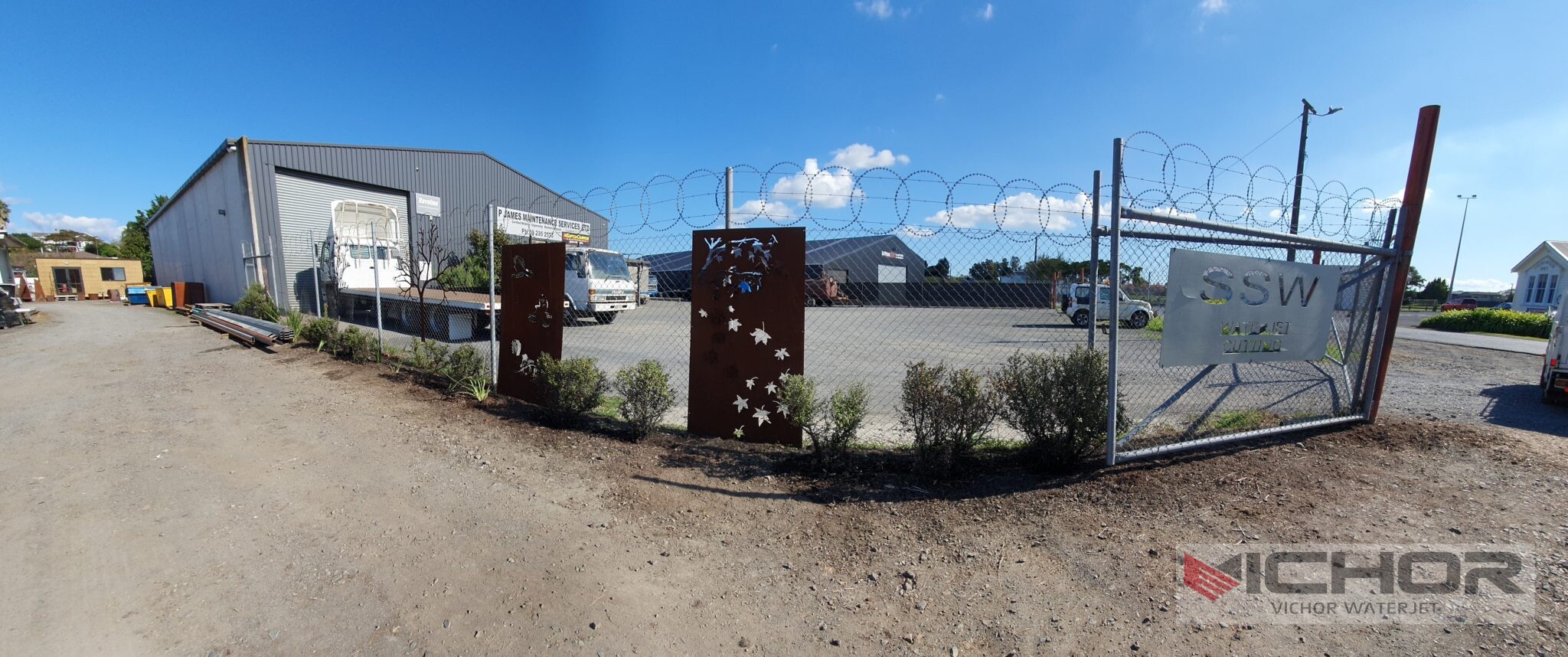
How a Water Jet Filtration System Works and Transforms Water Quality
Imagine turning on a tap and receiving a gush of water that’s not only clear but also remarkably pure and safe. This everyday miracle is often made possible by advanced technologies working behind the scenes, one of the most effective being the water jet filtration system. Far from being a simple screen, this technology represents a sophisticated approach to purifying water for various applications, from industrial cooling to municipal supply. This article delves into the mechanics, benefits, and diverse uses of this powerful filtration method, explaining why it has become a cornerstone of modern water management.
The Core Mechanics: How a Water Jet Filtration System Captures Contaminants
At its heart, a water jet filtration system is an automated, self-cleaning filtration solution. Unlike disposable cartridge filters, this system is designed for continuous, high-flow operation with minimal maintenance. The process begins as water enters the main chamber, which houses a cylindrical screen or filter element. This screen, made from durable materials like stainless steel, is the primary barrier.
As water passes through this screen, suspended solids like sand, silt, algae, and organic particles are trapped on the inner or outer surface, depending on the design. The clean filtrate then exits the system for its intended use. The defining feature, however, is the cleaning cycle. When the pressure differential across the screen reaches a pre-set point (indicating a buildup of debris), an automated mechanism kicks in. A high-pressure water jet, powered by a suction scanner or a dedicated pump, traverses the length of the screen. This powerful jet blasts the trapped debris off the screen and flushes it out through a drain valve, all without interrupting the main flow of water. This backwashing process ensures consistent performance and longevity.
Key Advantages: Why Choose This Filtration Method?
The operational principle of a water jet filtration system translates into several compelling advantages. First and foremost is its uninterrupted operation. Because the cleaning cycle is brief and automatic, the main water supply does not need to be shut down, which is critical for processes that require a constant flow.
Secondly, it offers significant cost-effectiveness. The elimination of disposable filter cartridges reduces ongoing consumable costs and waste. The automated nature also slashes labor costs associated with manual cleaning and replacement. Furthermore, the system’s durability means a long service life, providing an excellent return on investment.
Another major benefit is its high efficiency. These systems can handle high flow rates while removing particles down to the micron level, protecting sensitive equipment like heat exchangers, nozzles, and pumps from abrasion and clogging. The reliability of a well-maintained water jet filtration system in providing clean water cannot be overstated.
Industrial Applications: Powering Critical Processes
The robustness and efficiency of the water jet filtration system make it indispensable across numerous industries. In the power generation sector, it is used to filter cooling water for turbines and condensers, preventing fouling that can lead to costly downtime and reduced efficiency. Manufacturing plants rely on it to protect spray nozzles in coating processes and to ensure the purity of process water.
The marine industry uses these systems for seawater intake filtration, protecting engines and onboard systems from marine growth and sediment. In agriculture, they are crucial for drip irrigation, preventing emitters from clogging and ensuring uniform water distribution. In all these scenarios, the water jet filtration system acts as a first and vital line of defense for downstream equipment.
Municipal and Environmental Uses: Safeguarding Public Water
Beyond industry, the water jet filtration system plays a crucial role in public water infrastructure. Municipal water treatment plants employ them as pre-filters for raw water from rivers or lakes. By removing larger suspended solids, they reduce the load on subsequent, more delicate treatment stages like membrane filters and chemical dosing systems, enhancing overall plant efficiency and lowering chemical usage.
They are also pivotal in environmental protection. For instance, in stormwater management, a water jet filtration system can be installed to treat runoff before it is discharged back into natural waterways, capturing hydrocarbons, heavy metals, and litter, thereby mitigating pollution and protecting aquatic ecosystems.
Maintenance and Operational Considerations
While renowned for being low-maintenance, a water jet filtration system is not maintenance-free. Optimal performance depends on correct sizing and configuration for the specific application, considering factors like flow rate, water quality, and the size of particles to be removed. Regular inspections of the filter screen for wear and tear are recommended. The control system, which automates the backwash cycle, should also be periodically checked to ensure it is responding correctly to pressure differentials.
The quality of the backwash water jet is paramount; it must have sufficient pressure and flow to effectively dislodge all debris. In some cases, a dedicated pump is added to guarantee this. By adhering to these simple operational guidelines, users can ensure their water jet filtration system delivers reliable service for years.
Frequently Asked Questions (FAQs)
Q1: How does a water jet filtration system differ from a traditional sand filter?
A1: While both are used for water purification, they operate on different principles. A sand filter passes water through a bed of sand where particles are trapped. Cleaning requires backwashing, which often stops the main flow and consumes a significant amount of water. A water jet filtration system uses a fine screen for mechanical separation and cleans it with a targeted, high-pressure water jet, typically without interrupting the main flow and with lower water consumption for backwashing.
Q2: What is the typical micron rating for these filtration systems?
A2: The filtration capability of a water jet filtration system can vary based on the screen installed. Standard systems typically offer micron ratings ranging from 10 to 3,000 microns. The appropriate rating is selected based on the specific application requirements and the size of particles that need to be removed to protect downstream processes or equipment.
Q3: Can a water jet filtration system handle wastewater?
A3: Yes, many models are specifically designed for wastewater applications, including industrial effluent and municipal sewage. They are effective in removing suspended solids during primary treatment. However, the specific design and screen material must be chosen to handle the abrasive and often corrosive nature of wastewater.
Q4: Is the backwash process wasteful of water?
A4: The backwash cycle does use water, but modern water jet filtration system designs are highly efficient. The cycle is very short (often just seconds) and uses a relatively small volume of water compared to the total filtered flow. This makes it far more water-efficient than many other backwashing filter types. The backwash water can also be collected and retreated in many setups.
Q5: Does the system require a external power source to operate?
A5: Most modern systems require an electrical power source to operate the control panel and the motor that drives the suction scanner or backwash mechanism. However, some simpler models can be hydraulically driven, using the pressure of the incoming water itself to power the cleaning cycle, making them suitable for remote locations without reliable electricity.
continue reading
Related Posts
- 1349 words6.8 min read




